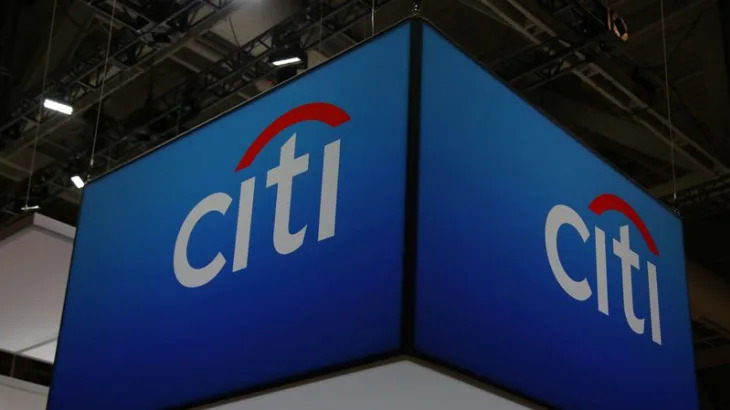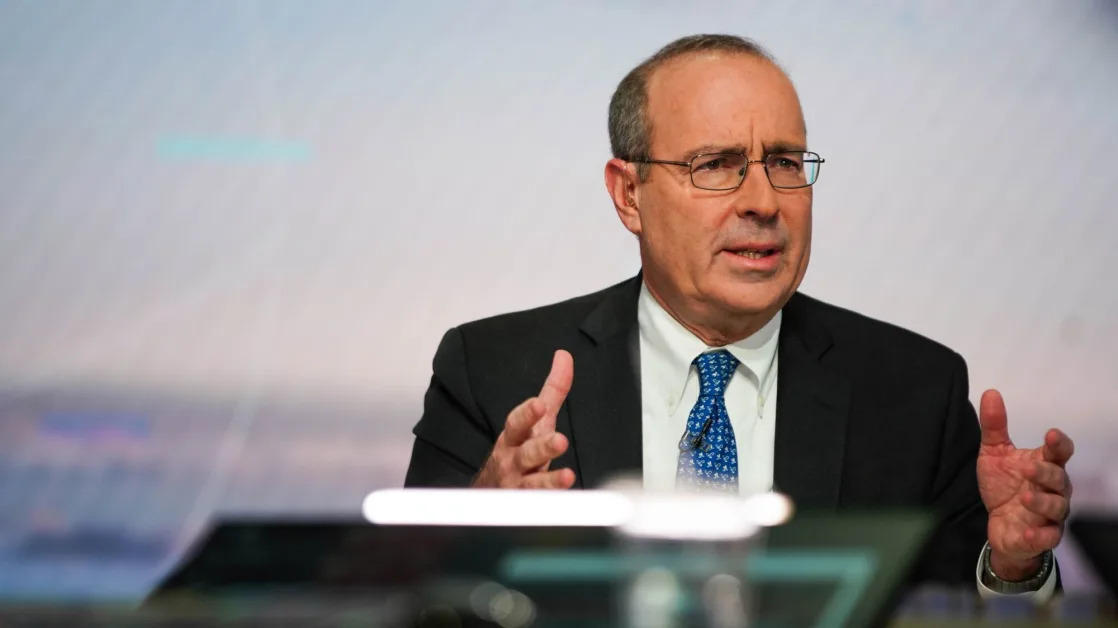(Bloomberg) -- Mexico delivered a third straight interest rate cut as a key measure of underlying inflation retreats and concerns mount over the slowdown in Latin America’s No. 2 economy.
Banxico, as the central bank is known, reduced borrowing costs by a quarter-point to 10.25% in a unanimous decision on Thursday. The move was forecast by 25 of 27 economists surveyed by Bloomberg. Two of them saw policymakers holding the rate at 10.5%.
“Looking ahead, the Board expects that the inflationary environment will allow further reference rate adjustments,” policymakers wrote in a statement accompanying their decision. “It will consider the prospects of global shocks continuing to fade and the effects of the weakness in economic activity.”
Two years of double-digit interest rates have cooled core inflation back to within Banxico’s target range even as headline prints have proven harder to tame. At the same time, policymakers are quite aware that their restrictive policy stance is imposing a significant drag on the economy, which will likely slow for a third year in 2024 and also in 2025.
“The key here is that Banxico continues to see core inflation below 4.0%, which we think is enough for Banxico to keep cutting,” said Carlos Capistran, chief economist for Canada and Mexico at Bank of America. “But upside risks to inflation will maintain those cuts at 25bp clips.”
October data published last week showed that the year-on-year core reading, which strips out volatile items such as energy and food and is closely watched by policymakers, decelerated for a 21st straight month to a four-year low of 3.8%.
At the same time, headline readings continued to chart a bumpy course, jumping up to up to 4.76% last month after two months of declines. The central bank, which targets inflation of 3%, plus or minus one percentage point, now sees it ending 2024 at 4.7% and back to target by year-end 2025.
The bank attributed its revision to short-term inflation projections to supply shocks, but anticipated that their effect would dissipate. It also predicted that domestic activity would show a lack of dynamism in 2025.
Banxico’s board members at their last meeting on Sept. 26, when they voted for a quarter-point cut to 10.5%, warned of uncertainty ahead, including volatility in the Mexican peso, but focused on the importance of an improved inflation picture.
“Banxico has ample scope for continuing with the easing policy and so we continue to expect the central bank to cut the policy rate by 25bp in December,” said Claudia Ceja, a strategist at BBVA Mexico. “We continue to see value in local rates, particularly in the front end, while keeping our cautious stance towards the MXN.”
Mexico’s peso was little changed by the decision, strengthening slightly to 20.40 by 1:30 p.m. local time.
“I am surprised the decision was unanimous given the depreciation pressure MXN has been under,” said Brendan McKenna, an emerging markets economist and FX strategist at Wells Fargo. “I interpret that as peso depreciation far from top of mind and supporting activity is still the priority of Banxico. Another 25 bps cut seems very likely at the next meeting too.”
Policymakers noted the sustained slowing of the core component, even though the balance of risks for the trajectory of inflation remained biased to the upside. They listed volatility in financial markets as one of the main global risks.
Mexico’s recent economic slowdown, as well as cooling inflation and economic activity in the US, Mexico’s No. 1 trading partner, would allow Banxico to continue easing policy, according to the minutes of the prior meeting.
Earlier, following its August meeting, Banxico had cut its 2024 GDP forecast to 1.5% from 2.4%, and to 1.2% from 1.5% for 2025, suggesting a loss of activity that’s helped sustain stubbornly high inflation readings.
Mexico’s economic growth could face additional headwinds if US President-elect Donald Trump makes good on his threat to slap hefty, sweeping tariffs on products that Mexico exports to the US and deport millions of migrants back across the border.
--With assistance from Rafael Gayol, Michael O'Boyle and Valentine Hilaire.
(Updates with economist reactions starting in fifth paragraph, inflation and economic forecast in seventh and eighth, risks in thirteenth.)





